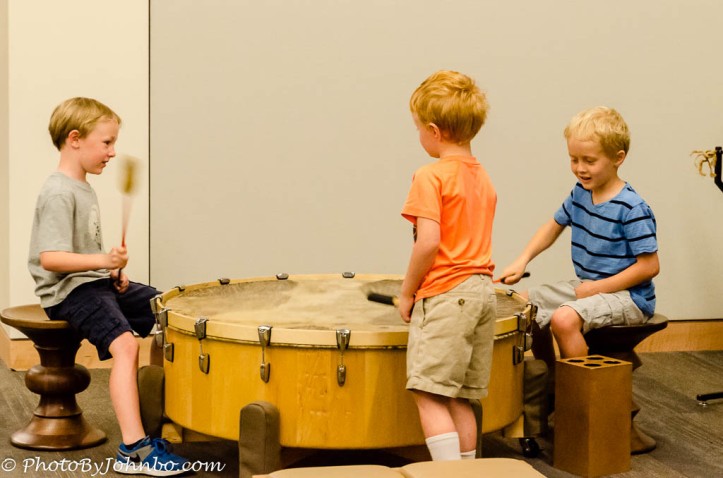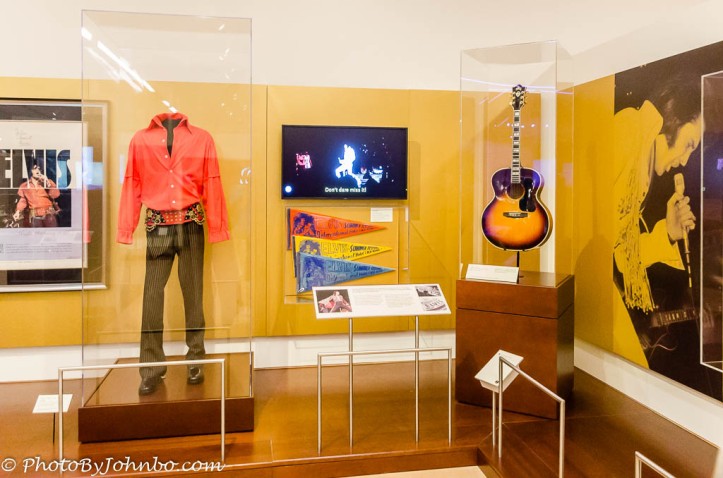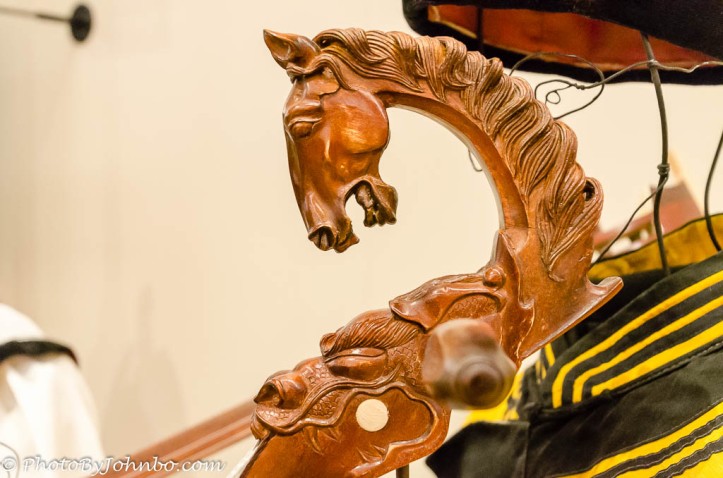Tripadvisor’s unlikely number 1 attraction in Phoenix is dedicated to the history and culture of musical instruments. Indeed, I love music and spend hours daily listening to a variety of genres via satellite radio or Internet streaming. Decades ago, I even learned to play keyboard instruments, but have since preferred to listen to musicians with real talent.
My wife, Lynn and I were looking for something to share with guests who came to visit and in our discussion, the Musical Instrument Museum became the focus of discussion. Our plan to show up a bit after they open, have lunch in their restaurant and leave when we get tired of looking at instruments. Truth is, I expected that to be shortly after lunch. How wrong I was.
At 4:15 PM, we still had many exhibit rooms to visit and we realized we wouldn’t see everything before they closed at 5 PM, and we are now determined to go back to finish our visit. The opening image features the craftsmanship of a true artist who created the stringed instrument. The detail and workmanship of many of the instruments on display is amazing.
Not all the instruments are only meant for viewing. In the image above, three young men explore the sounds of a large drum. In the gallery of images included in this post are other captures of visitors trying out those “hands on” instruments. Young and old alike can be found exploring how to make music with the playable instruments.
 Behind a large window, visitors can see a sophisticated laboratory dedicated to the preservation and restoration of musical instruments. In that room, lab-coated technicians use their special skills to bring antique and ancient instruments back from oblivion.
Behind a large window, visitors can see a sophisticated laboratory dedicated to the preservation and restoration of musical instruments. In that room, lab-coated technicians use their special skills to bring antique and ancient instruments back from oblivion.
 Music isn’t about viewing instruments, it’s about hearing them. The museum has a powerful tool to help visitors hear the sounds of the instruments they are viewing. All visitors are given a small receiver with a headset. The receiver has a proximity detector on it. The display boards that have a sound icon on them invite people to approach the nearby video monitor. Once the receiver is in range, it picks up the audio that matches the nearest video display. The receivers are amazingly sensitive and work very well. Step only a few feet from a monitor and the sound stops.
Music isn’t about viewing instruments, it’s about hearing them. The museum has a powerful tool to help visitors hear the sounds of the instruments they are viewing. All visitors are given a small receiver with a headset. The receiver has a proximity detector on it. The display boards that have a sound icon on them invite people to approach the nearby video monitor. Once the receiver is in range, it picks up the audio that matches the nearest video display. The receivers are amazingly sensitive and work very well. Step only a few feet from a monitor and the sound stops.
 A large area is devoted to automated music machines from player pianos to large machines featuring a complete band as in the 23-foot long (7 m) Apollonia Jazz Dance Organ. Tiny music boxes and even a “piano-roll” player trumpet are featured in the image gallery below.
A large area is devoted to automated music machines from player pianos to large machines featuring a complete band as in the 23-foot long (7 m) Apollonia Jazz Dance Organ. Tiny music boxes and even a “piano-roll” player trumpet are featured in the image gallery below.
 One surprising instrument on display is the drum in the photo above. One of 2008 percussives featured in the 2008 Olympics opening ceremony in China is identified by its position number painted on the front. Other interesting displays are by instrument manufacturers that feature step-by-step procedures in the construction of their products.
One surprising instrument on display is the drum in the photo above. One of 2008 percussives featured in the 2008 Olympics opening ceremony in China is identified by its position number painted on the front. Other interesting displays are by instrument manufacturers that feature step-by-step procedures in the construction of their products.
 The performers who make music are featured in several areas of the museum, and as you might expect, the largest display in area features the undisputed king of Rock and Roll, Elvis Presley. The audio monitors in this area play snippets of the artist performing their most popular music. There are so many performers featured in the museum, I’ve dedicated an entire blog post to some of the musician displays. Most items on display are provided by either the artist or the artist’s estate. Some displays are temporary, others permanent. More on performers featured at the museum next week.
The performers who make music are featured in several areas of the museum, and as you might expect, the largest display in area features the undisputed king of Rock and Roll, Elvis Presley. The audio monitors in this area play snippets of the artist performing their most popular music. There are so many performers featured in the museum, I’ve dedicated an entire blog post to some of the musician displays. Most items on display are provided by either the artist or the artist’s estate. Some displays are temporary, others permanent. More on performers featured at the museum next week.
The gallery of images below features only a small number of the instruments on display. Click on an image to enlarge it and to scroll through the gallery. Expect to spend an entire day there, and if you’re really into music, expect to spend multiple days immersed in the sights and sounds of our musical heritage.






















A really fascinating collection. 🙂
Whoa, cool! Never seen such a collection of old instruments, sounds like it was fascinating. Went to the grammy museum once in LA, but this was less devoted to instrumentation instead celebrating those who play them.
The depth and breadth of exhibits is amazing, and next week I share some photos dedicated to specific artists.